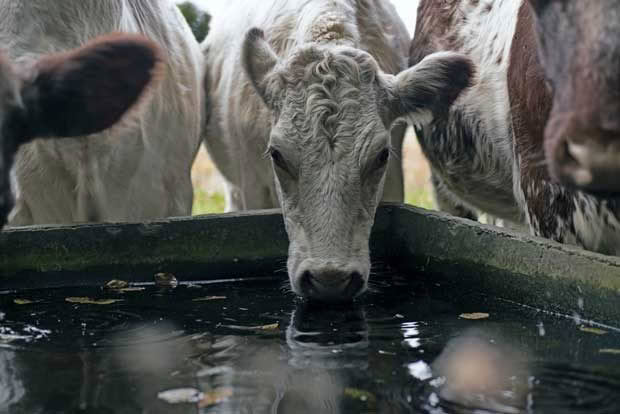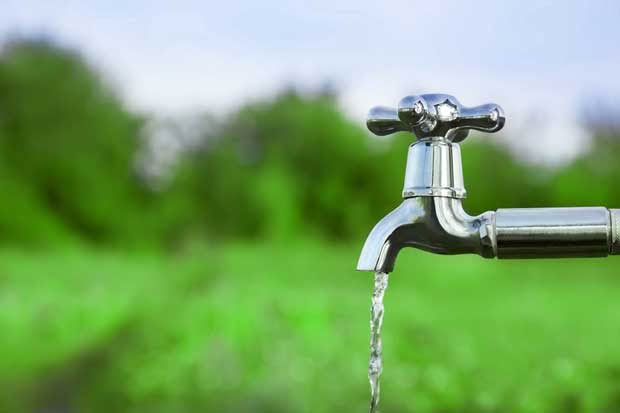A guide to gravity-fed water systems

If power is a problem, gravity may be your best bet for a reliable water supply.
Long before there were complicated, electric pump systems for rural properties, there was gravity.
And today, in many parts of New Zealand where access to power is uneconomic or impossible, gravity-fed water systems are still used to keep water flowing to troughs and homes.
It sounds like such a simple theory too – water will always naturally flow downhill, so as long as your reservoir of water is higher than your troughs, gravity will make sure the water is delivered.
However, it’s somewhat more complicated than that, especially if you need the water delivered over a distance.
Gravity-fed water systems require the following:
• an intake that is screened from debris and submerged sufficiently to ensure no air enters the pipeline
• a properly sized pipe diameter, considering the pipeline length, the elevation difference (the energy available to move water), and the water flow required
• careful pipeline placement, with sufficient grade in the first 30m to ensure no air is trapped in the pipe (this may include putting in air release valves).
This is where things start to get complicated. As water moves through a pipe, fluid dynamics begin to affect it, causing friction (or a loss of energy). This will be directly related to the size of pipe you use and the type of fittings.

Pipeworks
If you have one hill for your pipe to run down and it is a fairly consistent terrain you can get away with using one pipe size.
If your terrain has different grades, or if a pipe must go down a hill, then up a slight hill, before heading down toward your trough system, you will need to change pipe sizing to positively influence the water flow. By adding in smaller pipes you can increase the velocity of the water, allowing it to travel up that slight hill.
To get an efficient flow of water to your troughs, you will need to do some careful calculations to get it to work properly. If you don’t, air can jam the pipe or you can have a loss of energy that means there isn’t enough pressure to get the water out of the pipe at the other end ie, into your trough.
Friction
When you start adding in different-sized pipes to influence water velocity, you start to get friction problems. This can have a big effect on the water pressure if you have miscalculated.
“For a given pipe size, the greater the flow, the greater the velocity of the water then the greater the energy loss by friction. Friction losses are not linear – doubling the flow may increase the friction loss by up to four times. This energy loss cannot be recovered.”
Understanding Gravity-flow Factsheet, Ministry of Agriculture & Lands, British Columbia
Again, choosing the right pipe size at differing points in your gravity-fed system will influence the velocity of the water and the amount of friction, which in turn, if done correctly, will improve the final pressure.
At this point, you may need to consider getting professional help as it can get quite complicated from a mathematical perspective. If you’re really keen, you can find websites that will help you work it out. One we found useful was this handbook from the Ministry of Agriculture and Lands for British Columbia. If you go to www.agf.gov.bc.ca and search for the words ‘gravity-flow’ you will find more guides on the topic.
TIPS
• If you do have a gravity-fed watering system in place, you may need to clean out the pipes every so often to remove build-ups of sediment like iron. Using compressed air to blow out the pipes is a good way of doing it, although you must be careful you don’t blow fittings apart by using too high a PSI.
• To measure the pressure in your water pipe, you need to know the drop in elevation to work out the PSI (pounds per square inch). Every 2.31ft of elevation drop = 1 psi of pressure head.
Why are water tanks round?
Ever wondered why most water tanks you are round? A round-sided tank is inherently stronger than one with flat sides as pressure is evenly spread across the surface area.
Love this story? Subscribe now!
 This article first appeared in NZ Lifestyle Block Magazine.
This article first appeared in NZ Lifestyle Block Magazine.
